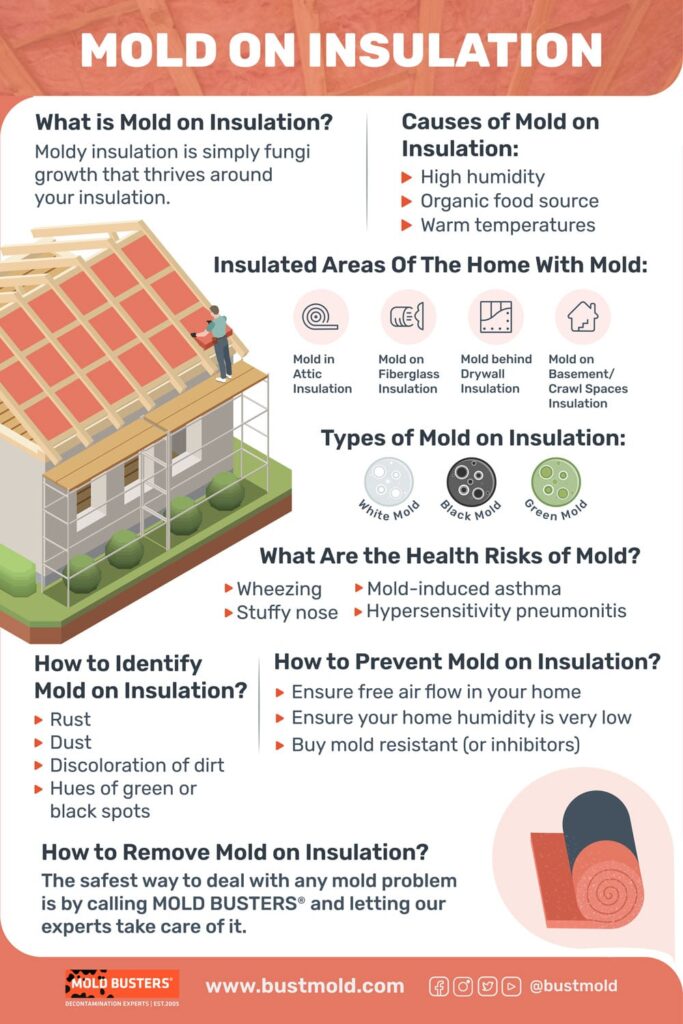
Mold resistant insulation is a crucial element in preventing mold growth in buildings. In this article, we will explore the benefits of using mold-resistant insulation and provide tips on choosing the right type for your property.
Top Mold Resistant Insulation Solutions: A Comprehensive Guide
Top Mold Resistant Insulation Solutions: A Comprehensive Guide
When it comes to preventing mold growth in your home, choosing the right insulation is crucial. Mold can thrive in damp and poorly ventilated areas, making traditional insulation materials susceptible to mold growth. To protect your living space from mold and ensure indoor air quality, consider using mold-resistant insulation solutions.
One of the most effective options is closed-cell spray foam insulation. This type of insulation creates a moisture barrier that helps prevent mold growth. Additionally, fiberglass insulation with a mold-resistant facing can provide an extra layer of protection against mold.
Another popular choice is rock wool insulation, which inherently resists mold due to its composition. Additionally, cellulose insulation treated with borate is a natural and effective mold deterrent.
By selecting the right mold-resistant insulation for your home, you can create a healthier and more comfortable living environment for you and your family. Be sure to consult with a professional to determine the best insulation solution for your specific needs and budget.
Frequently Asked Questions
What are the advantages of using mold resistant insulation in buildings?
Using mold resistant insulation in buildings provides protection against mold growth, improves indoor air quality, increases the longevity of the building structure, and reduces the risk of health issues associated with mold exposure.
How can mold resistant insulation help prevent mold growth in homes?
Mold resistant insulation can help prevent mold growth in homes by creating a barrier that resists moisture and inhibits the growth of mold spores.
Are there specific types of insulation that are more effective at resisting mold?
Absolutely, certain types of insulation such as closed-cell spray foam and cellulose are more effective at resisting mold growth due to their moisture resistance properties.
Can mold resistant insulation be used in all areas of a building, including damp or humid spaces?
Yes, mold resistant insulation can be used in all areas of a building, including damp or humid spaces.
How long does mold resistant insulation typically last before needing replacement?
Mold resistant insulation typically lasts for several decades before needing replacement.
In conclusion, mold resistant insulation is a crucial component in combating mold growth and ensuring a healthier indoor environment. By investing in high-quality insulation products that are specifically designed to resist mold, homeowners and builders can effectively prevent the spread of mold and protect their property. Remember, prevention is key when it comes to dealing with mold issues, and choosing the right insulation is a proactive step towards maintaining a mold-free space. Choose mold resistant insulation for long-lasting protection and peace of mind.
![]()